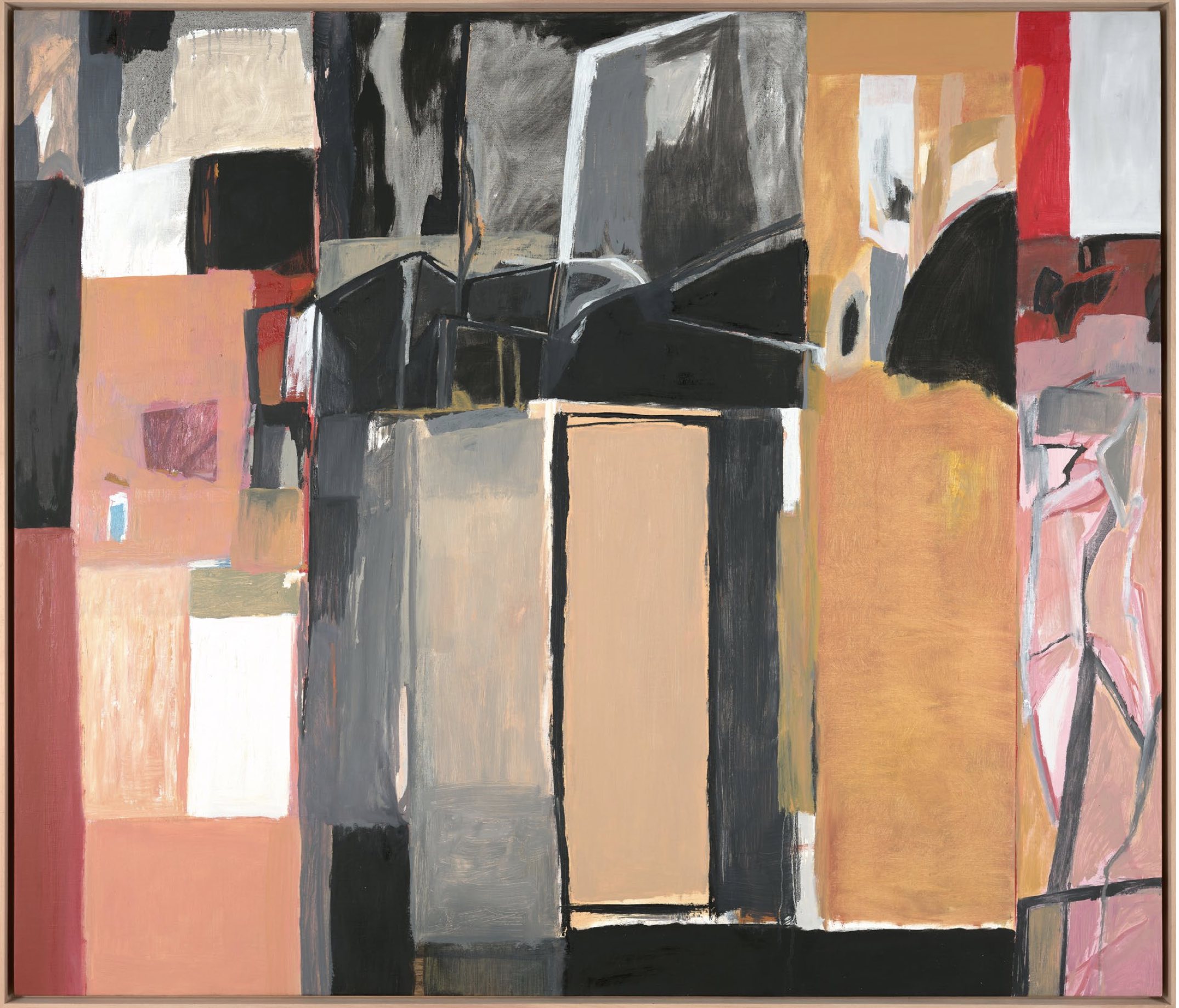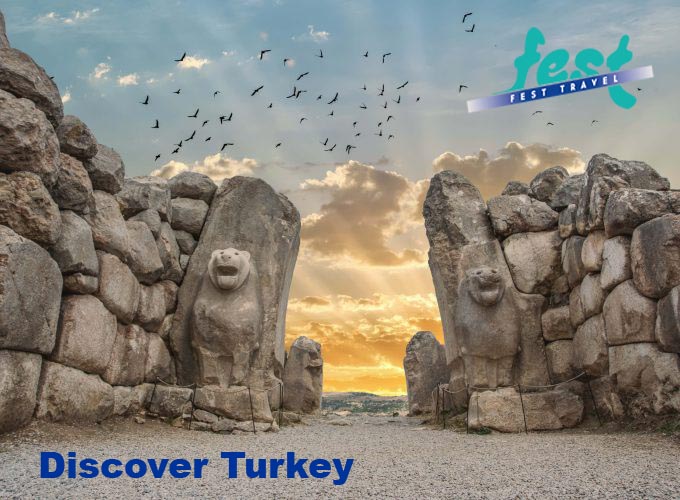Two marks Ayda Demirci second solo exhibition at the Ambidexter Gallery (until December 28, 2024), presenting a series of abstract oil on linen and canvas works created in 2024. The title reflects the “binary bond between the paintings, sometimes formed by shared dimensions, simultaneous creation, or by similarity and contrast,” as noted in the exhibition text. Hailing from the vibrant neighborhood of Kuzguncuk in Istanbul, one can’t help but wonder how the mesmerizing hues of the city’s sunsets have influenced her work, infusing her paintings with the colors and moods of Istanbul’s shifting skies.
In her latest works, Demirci’s bold use of red and orange hues draws a clear reference to David Hockney’s Colorado River (1998), a piece she cites as an inspiration. While the colour palette evokes a similar intensity, it is her exploration of form that aligns more closely with Pablo Picasso’s Skull, Sea Urchins, and Lamp on a Table (1946). However, Demirci’s usage of form is more particular – where Picasso’s work relies on abstraction of objects, Demirci takes a more experimental route, pushing the boundaries of geometric and organic shapes to create dynamic, multi-layered compositions.
Demirci’s work invites comparison to that of Mübin Orhon, yet with a more clustered, intricate technique. Both artists share an affinity for the color red and a fascination with geometric forms, particularly squares and rectangles. Orhon, regarded as the legendary father of Turkish abstraction, also had a deep obsession with red, a color that Demirci similarly explores in her own compositions. Orhon’s minimalist approach to abstraction is exemplified in works like the striking red painting Untitled (1977), which was displayed in the 2012 exhibition at Galeri Nev Istanbul. Demirci’s style, while echoing Orhon’s love for geometric purity and monochromatic intensity, infuses these elements with a sense of complexity and dense layering, giving her work a distinct, contemporary energy that both honors and reinterprets the legacy of abstraction.

Untitled 08 (2024) strikes me as a fragmented snapshot of Istanbul. In the upper right corner, I can make out the faint outline of a mosque, juxtaposed with an aerial view of the sprawling city. To the left, it’s as though favourite cityscapes—both zoomed in and zoomed out—have been stitched together, creating a dynamic and fragmented portrayal of Istanbul's multifaceted essence.
One of the most captivating aspects of Two is its exploration of abstraction’s capacity to evolve and deepen. Demirci’s mastery and consistency are evident, with this exhibition serving as a reflection of her continued development as an artist. Two provides a glimpse into her future, indicating that her engagement with abstraction will likely become more refined and nuanced, expanding the boundaries of her practice in the years to come.









